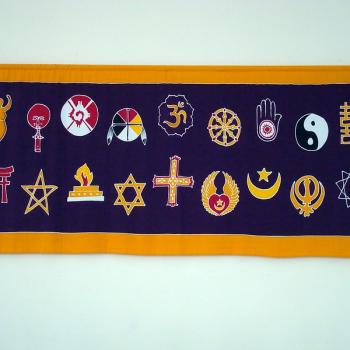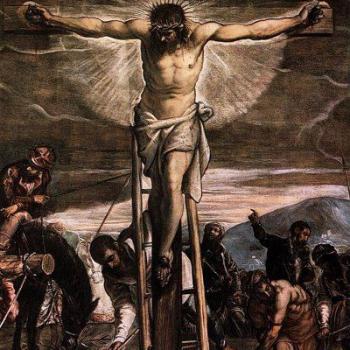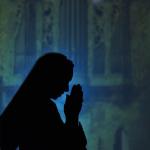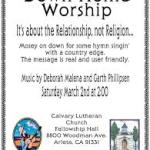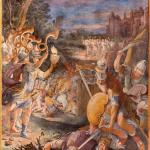When we lived in Wisconsin, my wife taught at a Catholic school, which occasionally would hold mass. This also led to friendships which occasionally took us to wedding and funeral masses. I had thought that going to a Roman Catholic service would at least mean taking in some high church liturgy. But more often than not, it meant folky guitars, praise songs even worse than those of Protestants, and flat sounding modernizations of liturgical language. (I know not all masses were this way. My harder-core Catholic friends would find more traditional services, with some getting in trouble for trying to recover the old Latin mass, though I think the English translation of the ritual was mandatory.)
But now, things are changing again, but they are changing back. A newly-authorized and newly-mandatory English translation goes back to some of the older readings that are closer to the original Latin. As a result, by the end of next month, American Catholics are going to have to get used to a whole new liturgy, one whose language is actually more traditional than what that they had gotten used to after the Vatican II reforms of the 1960s.
English-speaking Catholics are bracing for the biggest changes to their Mass since the 1960s, a shift some leaders warn could cause “ritual whiplash.”
The overhaul, which will become mandatory Nov. 27, is aimed at unifying the more than 1 billion Catholics worldwide with a translation that is as close as possible to the original Latin version. It allows for less independence and diversity of interpretation in a church that in recent decades has tried to retain more control over how Catholicism is defined.
Recent popes have emphasized orthodoxy and hierarchy, particularly in the West, where religious identity is increasingly fluid. Catholic hospitals and schools have been required to more clearly espouse church teachings, and Pope Benedict XVI has stressed the sole truth of Catholicism over other faiths, even declining this month to pray with Hindus, Jews and others at an interreligious event.
The new translation changes the majority of sentences in the Mass. The prayers and call-and-response dialogue between the priest and the congregation are different, transforming the dialogue that Catholics under 40 have used in church their entire lives. Some leaders warn that the shift could cause “ritual whiplash” among those accustomed to a worship script so familiar that most recite it from memory.
Reaction to the changes has been intense, in some ways fueling a Catholic culture war that began when the Second Vatican Council in the 1960s imposed far more sweeping changes designed to open up and modernize the church. Some traditionalists say the new translation of the ritual is richer and — because it’s less conversational — more mysterious and spiritual. . . .
Perhaps the most basic change will be when the priest says: “The Lord be with you.” The congregation will no longer say “And also with you.” The new response is “And with your spirit.”
via ‘Ritual whiplash’ ahead? Catholics’ Mass liturgy changing. – The Washington Post.
Another change is going from “Holy, holy, holy Lord, God of power and might” to “Holy, holy, holy Lord, God of hosts.” That last phrase is a translation of the even older “Sabaoth.”
Notice anything, Lutherans? The language that is being changed in those two examples was the same language used in Lutheran Worship (a.k.a., the “blue hymnbook”) by way of the ELCA’s Lutheran Book of Worship (a.k.a., the “green hymnbook”)! So why did Lutherans follow the lead of the Vatican II liturgists?
But there is more. The “contemporary worship” vogue has also been connected to the Vatican II worship reforms. The call to be less God-centered and more congregation-centered, the impulse to be culturally-relevant, and the value of worshipping in new ways–all of these notions came out of Vatican II. So did the use of guitars, praise bands, and faux folk music (which was only a small step from pop music). So why did evangelicals, along with Protestants of all sorts, follow the lead of the Vatican II liturgists?
It will now be interesting to see if the neo-traditionalism of this new mass will pave the way for Protestants to return to their own particular and diverse ways of worship.
I do think the new LCMS hymnal, the Lutheran Service Book, made this move before the Catholics did in restoring, with light modernization, the Divine Service found in The Lutheran Hymnal of the 1940s. The LSB keeps the more modern blue hymnal liturgies too, among other options. But it’s a good example of something “new” that is also “old.”







